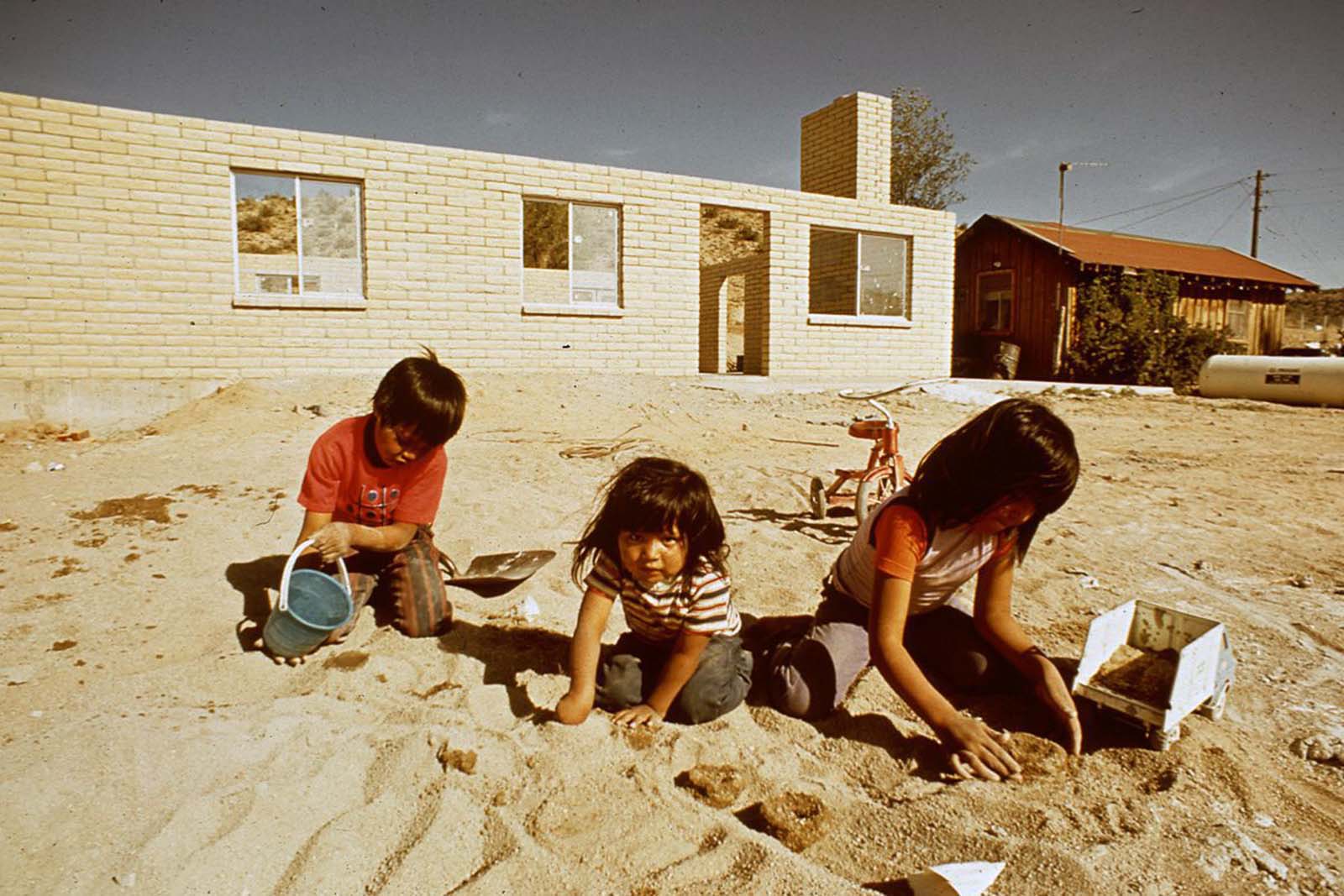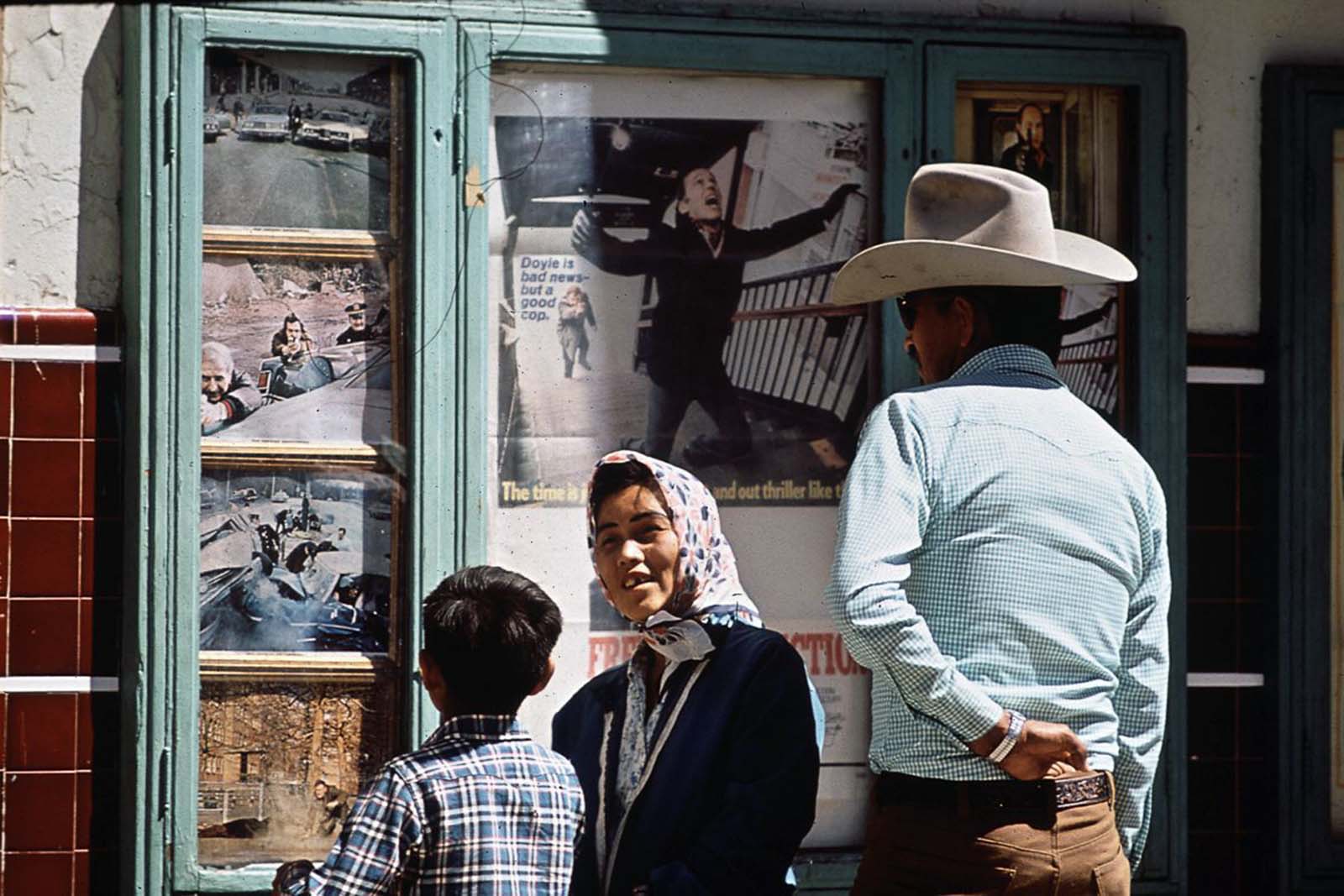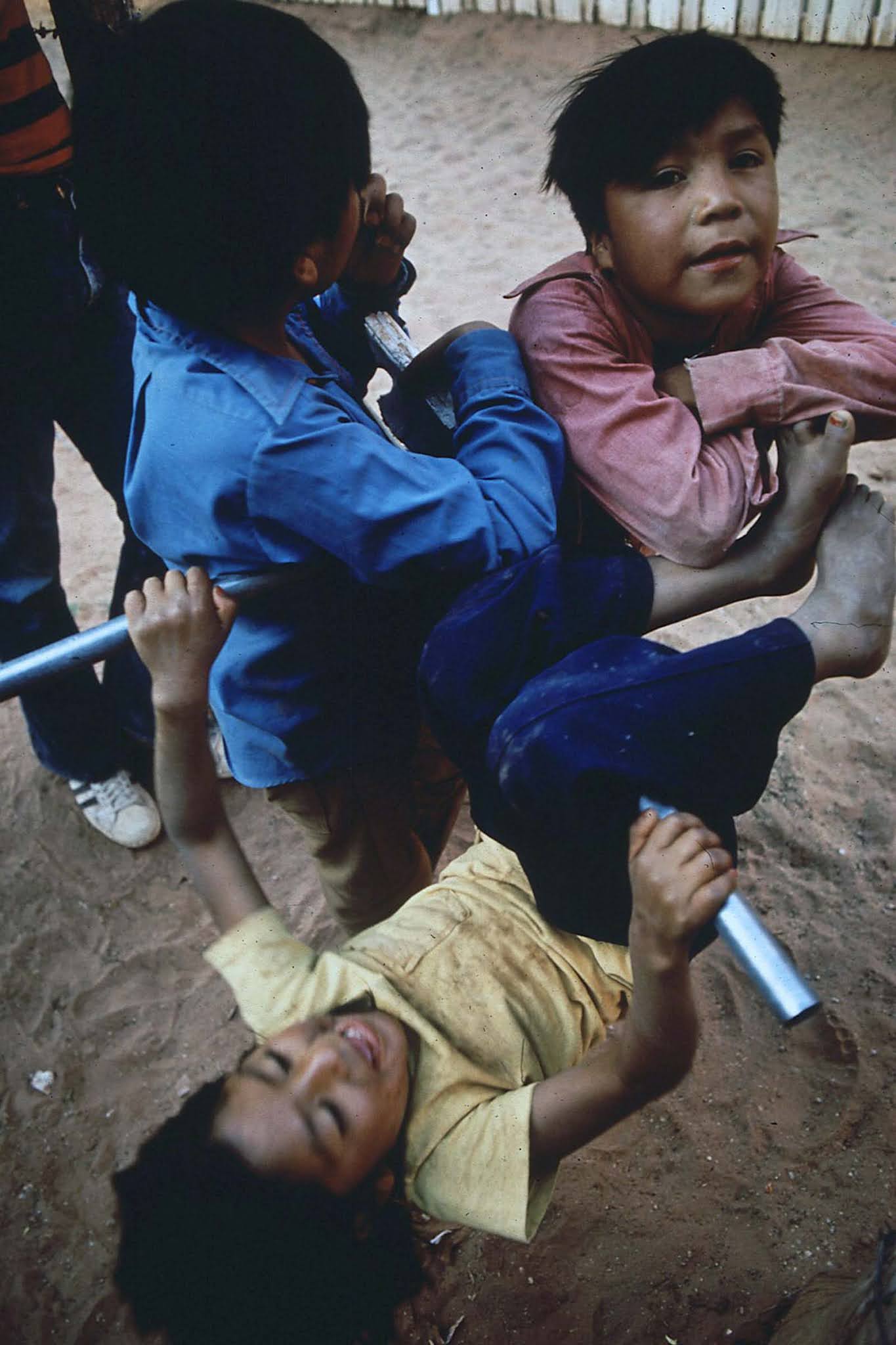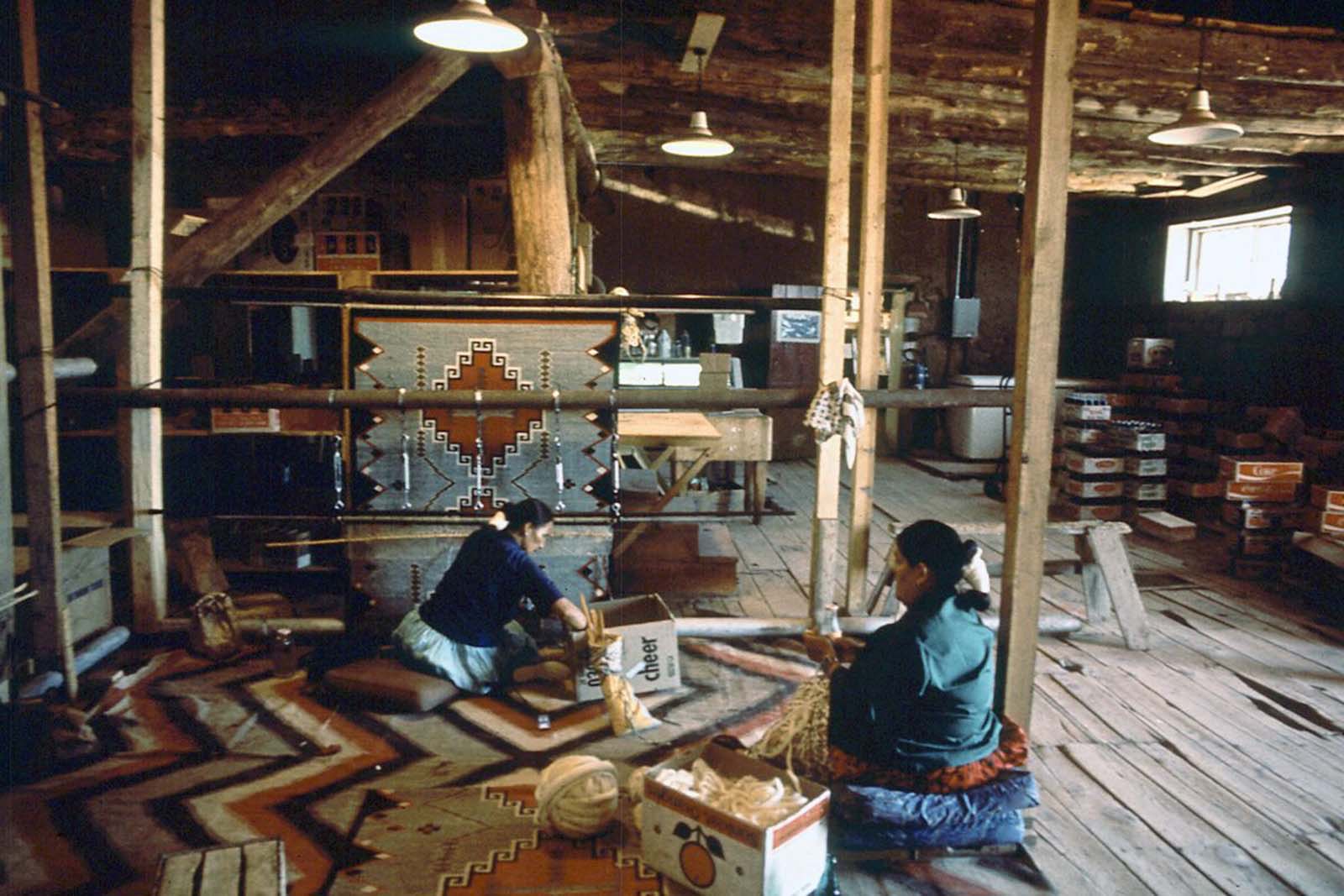Living on the Reservation: A Glimpse into New York’s Indigenous Communities
Living on the Reservation: A Glimpse into New York’s Indigenous Communities

The rolling hills of upstate New York, dotted with quaint towns and sprawling forests, hold a secret: vibrant communities steeped in ancient traditions, resilient spirits, and a deep connection to the land. These are the Indian Reservations of New York State, where history and contemporary life intertwine, creating a unique tapestry of culture and heritage.
For many, the term "reservation" evokes images of desolate landscapes and forgotten peoples. But that’s a gross misrepresentation of the reality. These reservations are not just geographical entities; they are living, breathing communities with their own governments, economies, and social structures. They are a testament to the enduring spirit of the indigenous peoples who have called this land home for centuries.
Related Articles: Living on the Reservation: A Glimpse into New York’s Indigenous Communities
- Uncover the Hidden Gems: Explore the Vast Landscape of American Indian Tribes in the US
- Unveiling the Richest Indian Tribe in the US: Discoveries that Will Astonish
- Unveiling the Rich Tapestry of Native American Tribes in America: Discoveries and Insights
- Unveiling the Enigmatic World of Indian Reservations in West Virginia
- Unveiling the Hidden Gems: Explore the Enchanting Indian Reservations of East Texas
A Rich Tapestry of History
The story of the Indian Reservations in New York is intricately woven with the state’s history. From the Iroquois Confederacy, a powerful alliance of six nations that dominated the region for centuries, to the forced relocation and confinement on reservations by the US government, the journey has been marked by both triumphs and tribulations.
These reservations are not just remnants of the past; they are vibrant hubs of cultural preservation and economic development. Each reservation has its own unique story, its own traditions, and its own challenges.
The Six Nations: Guardians of the Land
The most well-known and influential of the New York reservations is the Six Nations Reserve, located in the heart of upstate New York. This reservation is home to the Haudenosaunee Confederacy, also known as the Iroquois Confederacy, which comprises the Mohawk, Oneida, Onondaga, Cayuga, Seneca, and Tuscarora nations.
The Haudenosaunee have a rich and complex history, known for their political prowess, diplomacy, and their unique matrilineal social structure. Their influence extended far beyond the borders of what is now New York, shaping the political landscape of the Eastern Woodlands for centuries.
Today, the Six Nations Reserve is a thriving community, with a strong sense of identity and a commitment to preserving their heritage. The reservation boasts its own government, schools, health care system, and economic enterprises, including a casino and a thriving agricultural sector.
Beyond the Six Nations: A Diverse Landscape

While the Six Nations Reserve is the largest and most prominent, New York State is home to several other reservations, each with its own distinct character and history. These include:
-
St. Regis Mohawk Tribe: Located in the northernmost part of the state, bordering Canada, the St. Regis Mohawk Tribe is known for its vibrant cultural traditions, including the renowned "Longhouse Ceremony."
-
Oneida Indian Nation: The Oneida Nation, based near Syracuse, is a prominent force in economic development, with a successful casino and a growing business sector.
-
Onondaga Nation: The Onondaga Nation, located near Syracuse, is renowned for its role in the Haudenosaunee Confederacy and its commitment to preserving its traditional language and culture.

-
Cayuga Nation: The Cayuga Nation, with reservations in both New York and Oklahoma, is a testament to the resilience of indigenous peoples in the face of forced relocation.
-
Seneca Nation: The Seneca Nation, with reservations in western New York, is known for its strong economic base, including its casinos and its thriving agricultural sector.
-
Tuscarora Nation: The Tuscarora Nation, located in the northeastern part of the state, is a relatively recent addition to the Haudenosaunee Confederacy, joining the alliance in the 18th century.

Challenges and Opportunities
Living on a reservation in New York State comes with its own unique set of challenges. Poverty, unemployment, and limited access to healthcare are issues that many indigenous communities face.
However, there are also opportunities for growth and development. The economic diversification of reservations, driven by factors like gaming revenue and tourism, is opening up new avenues for prosperity.
Furthermore, the increasing recognition of indigenous rights and the growing awareness of the importance of preserving indigenous cultures are creating a more supportive environment for these communities.
Looking to the Future
The Indian Reservations of New York State are not just historical relics; they are living testaments to the resilience and adaptability of indigenous peoples. They are a reminder that the fight for self-determination and cultural preservation is ongoing.
As the state continues to grapple with its complex history of colonization and dispossession, it’s crucial to acknowledge the unique challenges and opportunities facing these communities.
By embracing collaboration, understanding, and respect, we can work towards a future where these vibrant communities can thrive, preserving their rich heritage while forging their own path towards a brighter future.
FAQ about Indian Reservations in New York State
Q: What is the difference between a reservation and a tribe?
A: A tribe refers to a group of people who share a common ancestry, language, and cultural traditions. A reservation is a specific geographic area set aside by the US government for the use of a particular tribe.
Q: Are reservations sovereign nations?
A: Reservations have a unique legal status. They are considered domestic dependent nations, meaning they have a degree of self-government but are subject to federal law.
Q: What are the main sources of revenue for reservations?
A: Reservations generate revenue from various sources, including gaming, tourism, agriculture, natural resources, and business enterprises.
Q: What are the main challenges faced by reservations in New York State?
A: Challenges include poverty, unemployment, limited access to healthcare, environmental degradation, and substance abuse.
Q: How can I learn more about Indian Reservations in New York State?
A: You can learn more by visiting the websites of individual tribes, attending cultural events, and supporting organizations that promote indigenous rights and cultural preservation.
Q: How can I help support Indian Reservations in New York State?
A: You can support these communities by patronizing their businesses, donating to organizations that work with indigenous communities, advocating for policies that support indigenous rights, and educating yourself and others about their history and culture.
Remember: The Indian Reservations of New York State are not just places on a map; they are vibrant communities with a rich history, unique culture, and a strong desire to thrive. By fostering understanding, respect, and collaboration, we can help these communities flourish and contribute to a more just and equitable future for all.

Closure
Thus, we hope this article has provided valuable insights into Living on the Reservation: A Glimpse into New York’s Indigenous Communities. We hope you find this article informative and beneficial. See you in our next article!